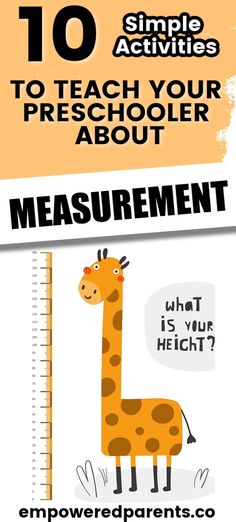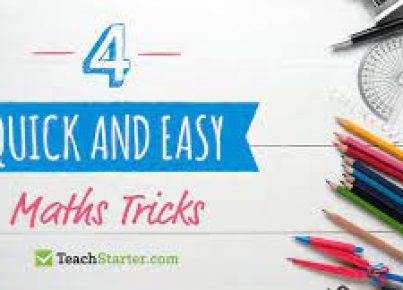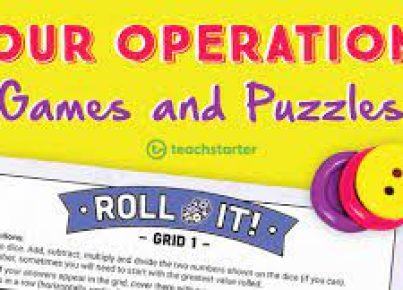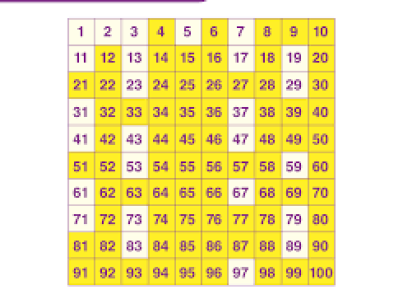Teaching measurement to children is an essential part of their education, helping them understand concepts of size, volume, and length that they will use in daily life. While formal instruction is necessary, informal measurement activities can make the learning process more engaging and meaningful. Informal activities provide a hands-on approach to measurement, offering a real-world context that makes the abstract concept of measurement concrete for students.
Incorporating informal measurement activities into the classroom or at home can be both fun and educational. Here are some of the best informal measurement activities that teachers and parents can use:
1.Nature Measurement Hunt
Take children on a nature walk and challenge them to find objects of specific lengths or heights. They can use non-standard units such as paperclips, sticks, or their own feet to measure the items they’ve found. This activity encourages kids to engage with their environment and apply measurement skills in a practical setting.
2.Cooking and Baking
Recipes are fantastic for teaching measurement. Involve children in cooking or baking by asking them to measure out ingredients using cups and spoons. This not only teaches them about volume but also fractions when working with half or quarter measures.
3.Water Play
Water play is a fun way for kids to learn about volume and capacity. Provide various containers of different shapes and sizes alongside measuring cups, and let children pour water from one container to another, observing which holds more or less.
4.Estimate and Measure
Ask children to estimate the length or height of an object before measuring it with rulers or measuring tape. This activity helps develop their estimation skills as well as gives them practice with using standard units of measurement.
5.Jumping Distances
Have children do long jumps or hopscotch and measure the distance they can jump using their choice of non-standard units. This promotes physical activity while teaching distance measurement.
6.Measuring Shadows
On a sunny day, trace children’s shadows on the ground at different times to observe how the length changes throughout the day. Measure these shadows with a ruler, discussing concepts like rotation of the Earth when explaining why shadows change in length.
7.String Comparisons
Give children strings cut at different lengths and ask them to compare without using rulers—ordering them from shortest to longest by sight and touch alone. Afterwards, kids can check their arrangement using rulers and see how accurate they were.
8.Homemade Rulers
Let kids create their own rulers using cardboard or craft sticks, marking off units with paint or markers based on non-standard measurements like hand spans or blocks. They can then use these homemade tools for various measuring tasks around the room.
9.Volume Experiments with Sand
Similar to water play, let children experiment with dry materials like sand or rice, filling containers of different volumes and discussing which has greater capacity.
10.Furniture Mapping
Using graph paper, have children replicate a small area of their classroom or home by tracing furniture outlines in appropriate sizes on paper – this not only touches upon dimension but also offers lessons in scale.
These activities not only make learning about measurement enjoyable but also build foundational skills that students will need as they progress in their education and understanding of mathematics. Engaging young learners through hands-on experiences allows them to explore mathematical concepts in meaningful ways that resonate beyond the classroom walls.





